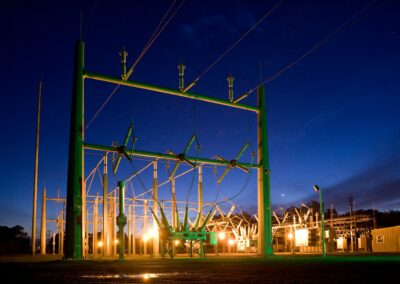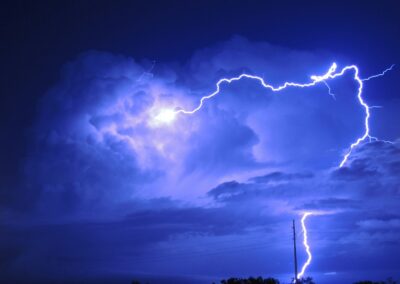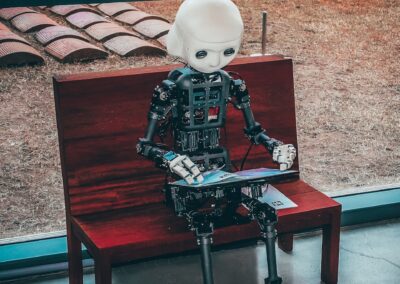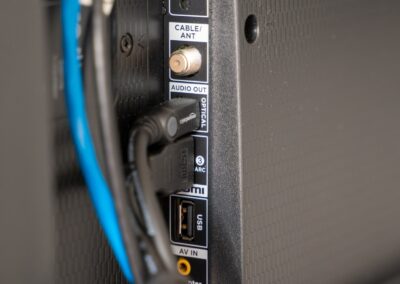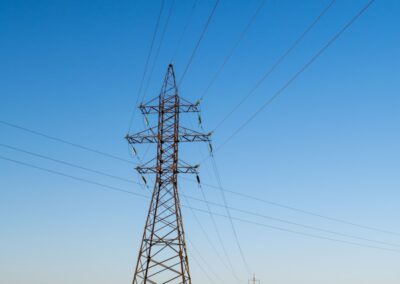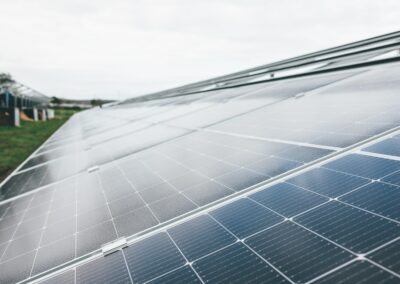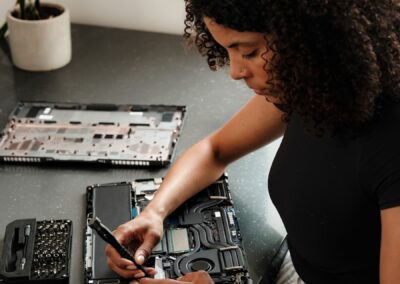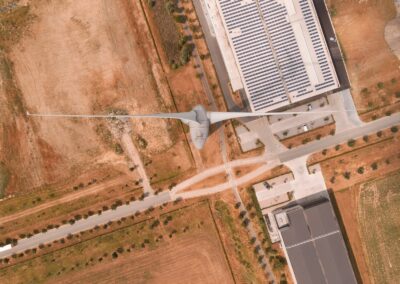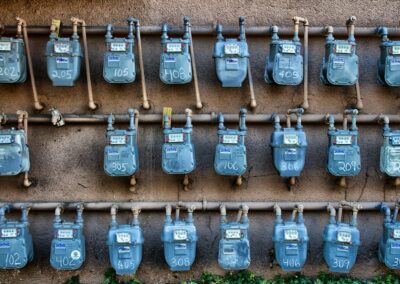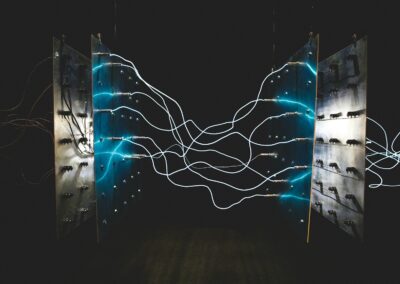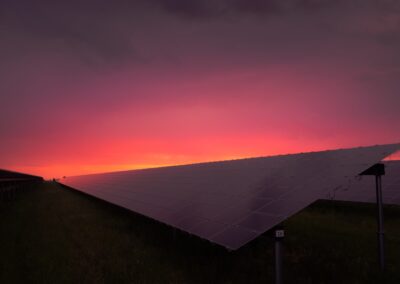Transforming Smart Grids with Digital Twins
Introduction to Digital Twins in Energy Sector
The future of digital twins in the energy sector is set to revolutionize how we manage and optimize energy systems. Digital twins, as virtual replicas of physical assets, provide real-time data and predictive insights that are transforming various aspects of the energy industry. Their application in smart grid projects and renewable energy systems is a prime example of how this technology can enhance operational efficiency and reliability.
Smart grids are evolving rapidly with the integration of digital twin technology. By creating virtual models of electrical grids, utility companies can simulate and analyze grid performance under various scenarios. This allows for proactive management of grid resources, identification of potential issues before they arise, and optimization of energy distribution. For instance, digital twins can help in balancing energy supply and demand, integrating renewable energy sources more effectively, and improving grid resilience against disruptions.
In the context of Saudi Arabia and the UAE, where ambitious energy initiatives and smart city projects are underway, digital twins play a crucial role. Riyadh and Dubai are leveraging this technology to enhance the efficiency of their smart grids. By incorporating digital twins, these cities are not only optimizing their energy infrastructure but also paving the way for more sustainable and resilient energy systems.
Case Studies: Digital Twins in Smart Grid Projects
Several successful implementations of digital twins in smart grid projects demonstrate their transformative potential. In Dubai, a major utility company adopted digital twin technology to enhance its grid management capabilities. By creating a virtual model of the city’s electrical grid, the company could monitor real-time data, predict potential outages, and optimize energy distribution. This approach resulted in a significant reduction in grid disruptions and improved overall efficiency.
In Saudi Arabia, a large-scale smart grid project utilized digital twins to integrate renewable energy sources. The digital twin model enabled the grid operators to simulate the impact of varying renewable energy inputs, such as solar and wind, on the grid’s performance. This simulation capability allowed for better planning and integration of renewable energy, leading to a more stable and efficient grid.
These case studies illustrate the practical benefits of using digital twins in smart grid projects. By providing a comprehensive view of grid performance and enabling predictive analysis, digital twins help utilities enhance their operations and deliver more reliable energy services.
Advancing Renewable Energy Systems with Digital Twins
Digital twins are also playing a pivotal role in advancing renewable energy systems. In the realm of renewable energy, digital twins offer valuable insights into the performance and maintenance of assets such as solar panels and wind turbines. By creating virtual models of these assets, operators can monitor their performance in real-time, predict maintenance needs, and optimize energy output.
For instance, a digital twin of a solar farm can simulate the impact of weather conditions, shading, and panel degradation on energy production. This allows operators to make data-driven decisions on maintenance and performance optimization. Similarly, digital twins of wind turbines can help in predicting potential failures and optimizing turbine settings for maximum efficiency.
Saudi Arabia and the UAE, with their focus on expanding renewable energy capacities, are harnessing the power of digital twins to improve the performance of their renewable energy assets. In Riyadh and Dubai, digital twins are being integrated into the management of solar and wind energy projects, leading to increased efficiency and reduced operational costs.
Challenges and Future Outlook
Overcoming Challenges in Adopting Digital Twins
Despite the significant benefits, the adoption of digital twins in the energy sector faces several challenges. One major challenge is the integration of digital twins with existing energy management systems. This requires substantial investment in technology infrastructure and training for personnel. Additionally, ensuring data accuracy and reliability is crucial for effective decision-making.
Another challenge is the cybersecurity risks associated with digital twin technology. As digital twins rely on vast amounts of data and connectivity, they are susceptible to cyber threats. Ensuring robust cybersecurity measures is essential to protect sensitive operational data and maintain the integrity of digital twin models.
Addressing these challenges requires a collaborative effort between technology providers, energy companies, and regulatory bodies. By investing in technology infrastructure, implementing robust data validation processes, and enhancing cybersecurity measures, the energy sector can overcome these challenges and fully leverage the benefits of digital twins.
Looking Ahead: The Future of Digital Twins in Energy
The future of digital twins in the energy sector is bright, with continued advancements in technology and increasing adoption across various applications. As artificial intelligence and machine learning technologies evolve, digital twins will become even more powerful, offering enhanced predictive capabilities and optimization strategies.
The integration of digital twins into smart grid projects and renewable energy systems will continue to drive improvements in energy efficiency, reliability, and sustainability. As Saudi Arabia and the UAE lead the way in embracing this technology, other regions will likely follow suit, recognizing the transformative potential of digital twins in the energy sector.
In conclusion, digital twins are poised to play a crucial role in shaping the future of the energy sector. By enhancing smart grid management and optimizing renewable energy systems, they offer significant benefits in terms of efficiency, cost-effectiveness, and sustainability. As technology continues to advance, digital twins will become an indispensable tool for energy managers and stakeholders, driving the next generation of energy innovation.
—
#DigitalTwins #EnergySector #SmartGrids #RenewableEnergy #SaudiArabia #UAE #Riyadh #Dubai #ArtificialIntelligence #ModernTechnology #BusinessSuccess #Leadership #ProjectManagement


